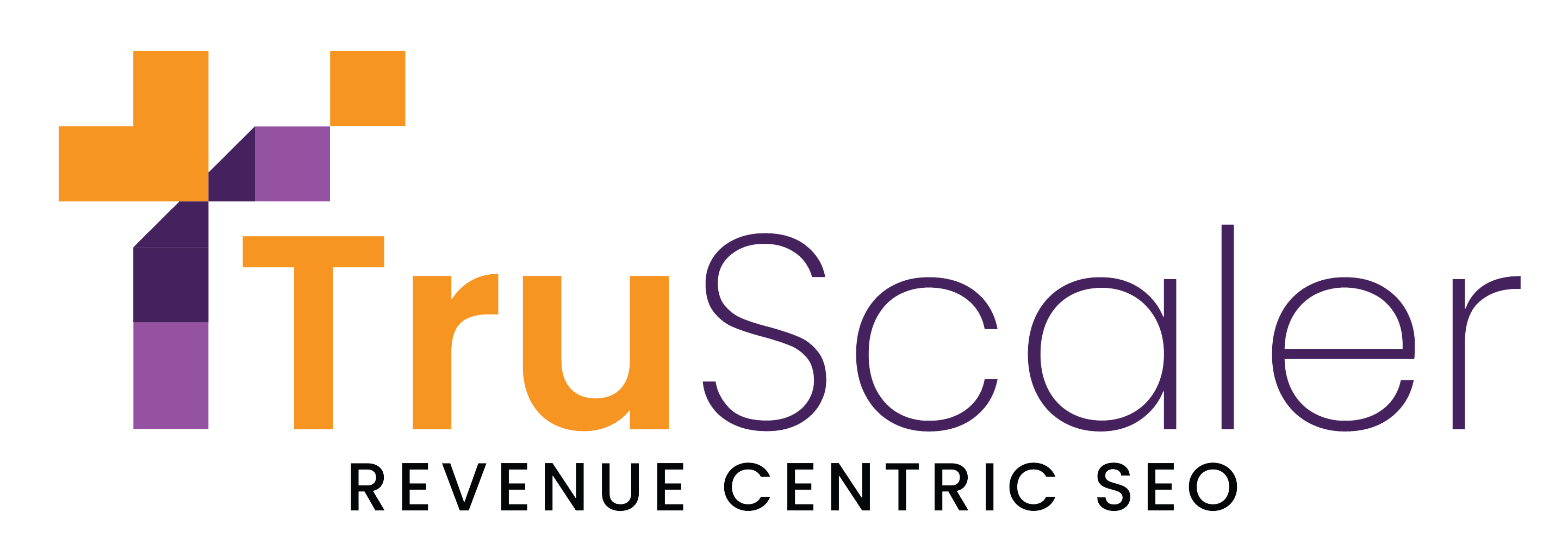In today’s digital world, mobile optimization is essential. With over half of global website traffic originating from mobile devices, sites that aren’t mobile-friendly risk losing visibility and visitors. Here’s how you can improve your site’s technical performance to ensure it provides an exceptional experience across all devices.
Speed Matters: Why Loading Times Are Critical
Fast-loading websites significantly improve user experience, which directly impacts engagement and conversion rates. When a site takes too long to load, users are likely to leave before it fully displays, affecting your traffic, bounce rate, and search engine ranking.
How to Improve Loading Times:
- Compress Images and Files: Large files slow downloading times, so compress images and other media files. Free tools, such as TinyPNG, can reduce image sizes without compromising quality.
- Minimize HTTP Requests: Too many requests to the server can delay loading. Reduce the number of plugins, scripts, and images to improve performance.
- Enable Browser Caching: Allow browsers to store certain files from your website locally. This way, when users revisit your site, it loads faster as only new content is downloaded.
Mobile Optimization: Responsive Design is Key
Responsive design ensures your website adjusts seamlessly to any screen size, whether viewed on a smartphone, tablet, or desktop. A mobile-friendly site not only enhances user experience but also improves your search engine ranking, as Google prioritizes mobile-optimized websites.
Key Aspects of Responsive Design:
- Flexible Layouts: Design using flexible grids and media queries that adapt to different screen sizes.
- Readable Text: Use legible fonts and scalable text sizes, so visitors can read content without zooming in.
- Easy Navigation: Streamline menus and simplify navigation for smaller screens, helping users find what they need effortlessly.
Use a Content Delivery Network (CDN)
A CDN improves load times by caching and distributing your content across a network of servers worldwide. When a user accesses your site, the CDN delivers content from the server closest to their location, reducing latency and improving site speed.
Benefits of a CDN:
- Faster Load Times: Localized servers enable faster data delivery.
- Improved Reliability: CDNs provide an additional layer of security and protection from server crashes or high traffic.
- SEO Boost: Faster loading speeds can lead to higher rankings, as search engines favor sites that load quickly.
Reduce Unnecessary Elements
Streamlining the design and content of your website can improve load times and ensure better responsiveness. Removing elements like excessive media files, unused scripts, or unnecessary animations will make your site more efficient, enhancing both speed and usability.
Tips for Streamlining:
- Optimize CSS and JavaScript: Combine and minify CSS and JavaScript files to reduce their size and speed up loading.
- Avoid Pop-Ups on Mobile: Pop-ups can be difficult to close on smaller screens and may frustrate mobile users.
- Limit Redirects: Each redirect adds to the loading time, so only use them when necessary.
Test Your Site’s Mobile Performance Regularly
After implementing these optimizations, it’s crucial to test your website’s mobile performance regularly. Tools like Google’s Mobile-Friendly Test or Page Speed Insights can help you understand how well your site is optimized for mobile devices and where further improvements may be needed.
Mobile optimization is no longer optional—it’s essential. Enhancing loading times, implementing a responsive design, using a CDN, and streamlining content will ensure your site provides a seamless experience for all users. A mobile-friendly site improves user satisfaction, keeps visitors engaged, and boosts your visibility in search engine rankings.

